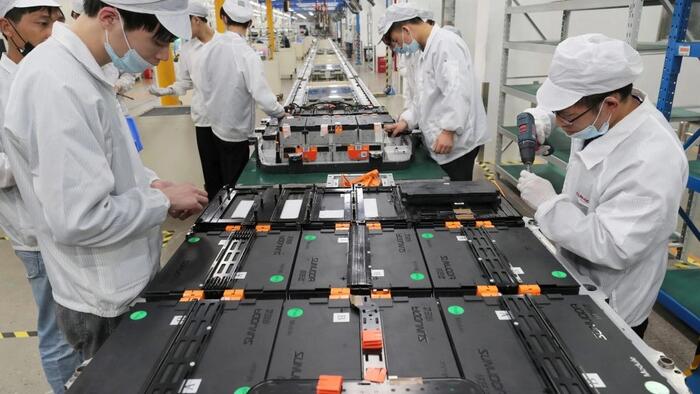On October 8, 2023, during a press briefing in Portugal, U.S. Undersecretary of State for Economic Growth, Energy, and the Environment, José Fernandez, highlighted a concerning strategy employed by the Chinese regime regarding lithium production. He accused China of using its significant oversupply of lithium to engage in predatory pricing aimed at pricing out global competitors. Fernandez asserted that this strategy has led to a dramatic 80 percent drop in lithium prices over the past year. Currently, China dominates the market, accounting for two-thirds of the world’s refined, battery-grade lithium production, thereby creating a significant imbalance in the global battery market and posing challenges for other countries striving to compete.
Portugal, which reportedly holds 270,000 metric tons of lithium reserves, is determined to tap into this resource to meet its energy transition goals. However, the local populace has raised concerns regarding the environmental and economic impacts of increased mining activities. These apprehensions reflect a broader trend in Western countries, where scrutiny over China’s trade practices has increased. Despite China’s participation in the World Trade Organization since 2001, the nation has been criticized for not adhering to free-market principles, with its industries heavily influenced by state objectives established by the Chinese Communist Party (CCP).
The European Union has recently implemented heightened tariffs on Chinese electric vehicles after analyzing the market and determining that the regime’s subsidies allowed for the overproduction and dumping of these vehicles at uncompetitive prices. This tactic, which can potentially lead to the obliteration of foreign competitors, has drawn parallels to historical grievances expressed by other nations. India, for instance, has suffered significant setbacks in its manufacturing sector due to similar Chinese strategies, as articulated by Indian Commerce Minister Piyush Goyal during a diplomatic visit to Washington.
Countries across Asia are also responding to these concerns by imposing increased tariffs on various Chinese imports, echoing the EU’s actions. For instance, Japan raised duties on Chinese electrolytic manganese dioxide, a material essential for battery production, while South Korea, facing market domination by Chinese products, is scaling back subsidies for vehicles utilizing Chinese batteries. These tariff increases signify a collective effort among nations to counteract what they perceive as manipulative trade practices by China.
However, trade officials acknowledge that tariffs alone might not effectively combat China’s influences. There is a risk that Chinese manufacturers could collaborate with international firms or trade partners to circumvent these tariffs. China has established significant manufacturing ties with Mexican producers, making Mexico a leading supplier of auto parts to the United States. This interconnectedness illustrates the complexities inherent in deterring China’s economic strategies, showcasing the challenge facing global partners in reformulating trade dynamics.
As China grapples with economic challenges, characterized by overcapacity in its industries, the ramifications of stringent trade policies enacted by global counterparts could lead to broader instability. With companies potentially ceasing operations, this could result in job losses, diminished revenue for underfunded local governments, and social unrest stemming from rising unemployment rates. The shifting landscape of international trade, especially in key industries like lithium and electric vehicle batteries, suggests that the coming years will be pivotal for nations navigating the competitive pressures posed by China’s dominating presence in these markets.

